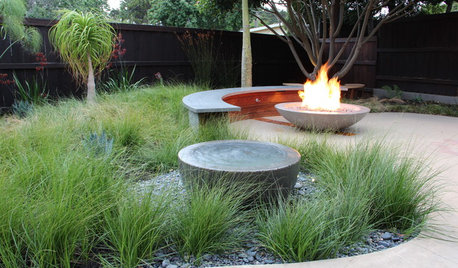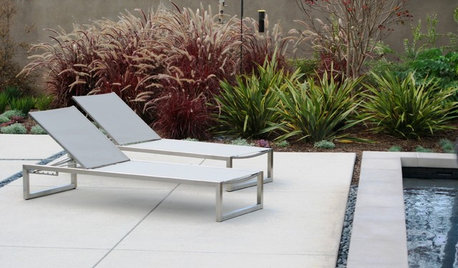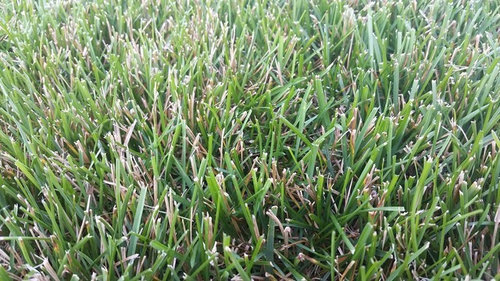Lots of dead grass blades
mrbigelow
9 years ago
Related Stories

FUN HOUZZHow to Survive an Epidemic of Walking Dead
Tips to use around the house and garden to prep for the zombie apocalypse
Full Story
GARDENING GUIDES5 Great Grasses for a New Lawn
Learn about maintenance, wear tolerance, ideal climate and more for these top turf choices to pick the right one for you
Full Story
PLANTING IDEASCreate High-Impact Container Gardens With Grasses
When it comes to adding drama, texture and panache to a pot, these strappy species are hard to beat
Full Story
GARDENING GUIDESSmall Gem Lawns: More Impact From Less Grass
Instead of letting the lawn sprawl, make it a shapely design element in your yard. You’ll reap benefits both practical and aesthetic
Full Story
LANDSCAPE DESIGNIs It Time to Consider Fake Grass?
With more realistic-looking options than ever, synthetic turf can be a boon. Find the benefits and an installation how-to here
Full Story
GRASSES10 Ways to Use Ornamental Grasses in the Landscape
These low-maintenance plants can add beauty, texture and privacy to any size garden
Full Story
LANDSCAPE DESIGNEnergize Your Landscape With Masses of Grasses
Create year-round interest with waves of attention-getting grasses for all kinds of yards
Full Story
CENTRAL PLAINS NATIVE PLANTS10 Top Grasses for the Central Plains
Low-maintenance grasses provide seasonal interest and wildlife habitat, and aid good design
Full Story
PURPLE FOLIAGEGreat Design Plant: Purple Fountain Grass
Easy come, easy grow — give this low-maintenance grass pride of place in your garden
Full Story
GARDENING GUIDES8 Spectacular Grasses to Energize a Fall Garden
Dancing in the autumn wind or flowing along a flower bed, these ornamental grasses bring wonderful movement and color to the landscape
Full Story








morpheuspa (6B/7A, E. PA)
mrbigelowOriginal Author
Related Professionals
Carlisle Landscape Architects & Landscape Designers · Goodyear Landscape Contractors · Bethel Park Landscape Contractors · Bristol Landscape Contractors · Cambridge Landscape Contractors · Canyon Lake Landscape Contractors · Cedar Hill Landscape Contractors · Haverhill Landscape Contractors · Indianapolis Landscape Contractors · Mason Landscape Contractors · Placerville Landscape Contractors · Southbury Landscape Contractors · Markham Landscape Contractors · Forney Swimming Pool Builders · Grandview Swimming Pool Builderspolyguy78
mrbigelowOriginal Author
sahara145
dchall_san_antonio
polyguy78
baconk5
baconk5
polyguy78
morpheuspa (6B/7A, E. PA)
morpheuspa (6B/7A, E. PA)